From the Ark of the Covenant (which carried two tablets of the 10 Commandments) to the Crown Jewels of Ireland (which disappeared under mysterious circumstances), we list five lost treasures of the world with interesting histories.
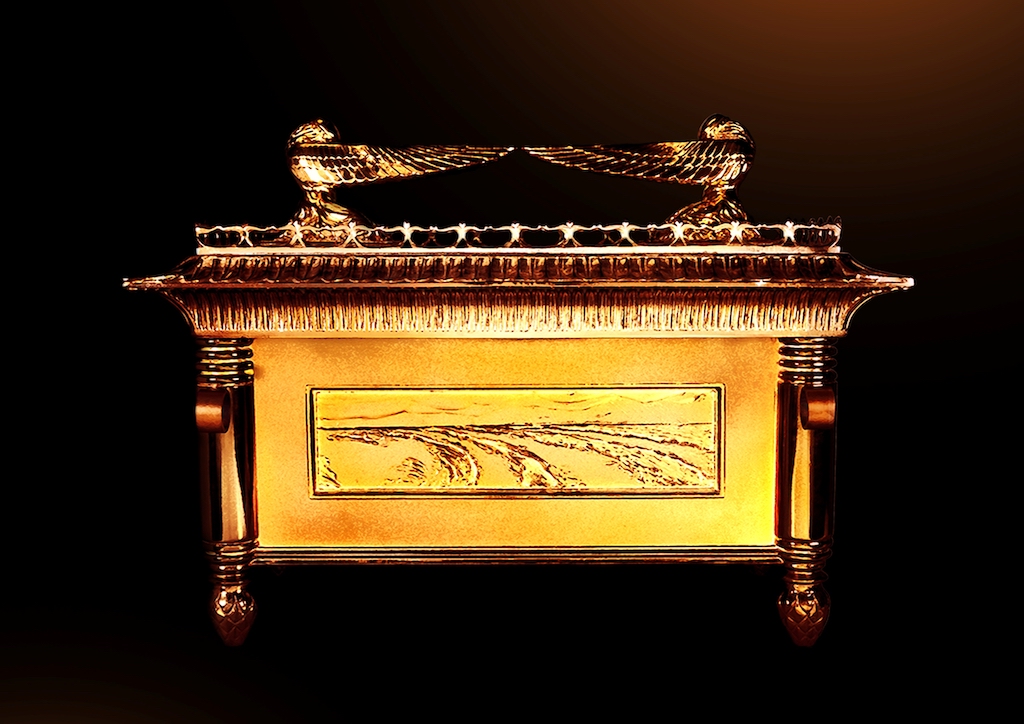
Ark of the Covenant
The Ark of the Covenant (which is also known as the Ark of Testimony) famously inspired the story of Indiana Jones’ first adventure, Raiders of the Lost Ark. In real history, the ark is a gold-covered wooden chest with a lid cover. It was said to have held two engraved tablets of the 10 commandments. According to the Book of Exodus, Moses instructed Bezalel and Oholiab to construct the Ark with very specific instructions on its size (2 ½ cubits in length, 1 ½ in breadth, and 1 ½ in height). The Israelites then carried the Ark for 40 years while wandering through the dessert. It was then left inside King Solomon’s tomb (often referred to as the First Temple), which is believed to be the very first Holy land for the Jewish people. In 587 B.C. the tomb was destroyed and ransacked by King Nebuchadnezzar II’s Babylonian army. Since then, the location of the famous Ark has been unknown with speculations by historians and experts saying it might be in Ethiopia, Southern Africa, Europe, or Egypt.
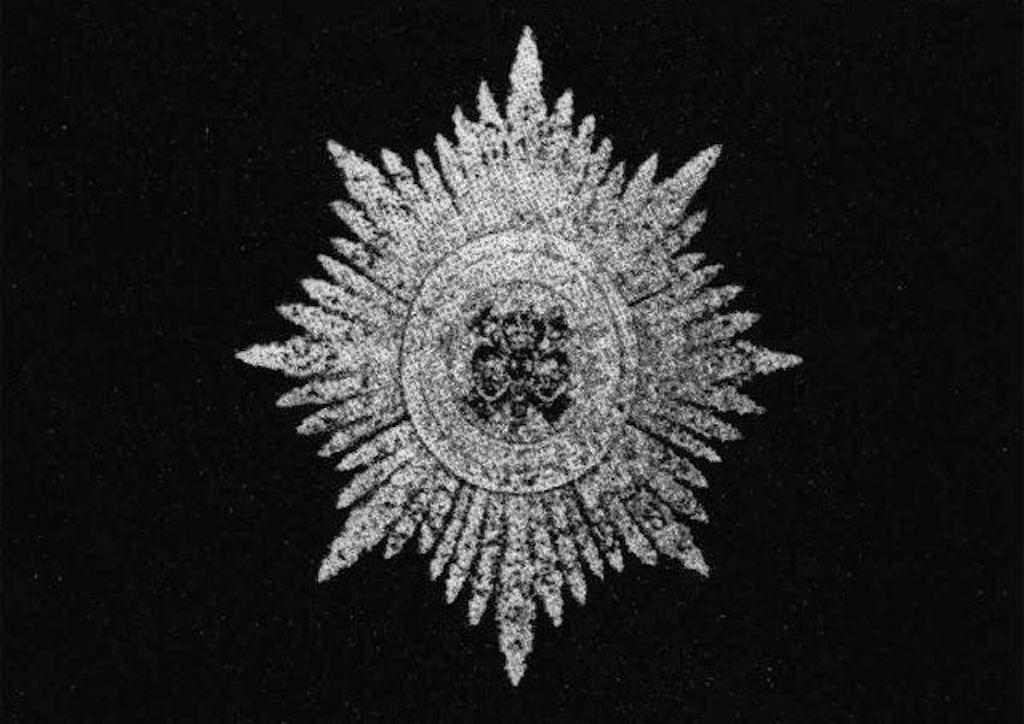
Crown Jewels of Ireland
Made with 394 stones from Queen Charlotte’s jewelry and an Order of the Bath Badge, the Crown Jewels of Ireland were stolen from Dublin Castle in 1907, never to be seen again. Instead of the typical crown, they consisted of a bejeweled version of the Order of St. Patrick, five gold collars from that same order, and a diamond brooch. The jewels were created in late 1700s by commission from British monarch George II, who was ruling Ireland at the time. They were the equivalent to the English Order of the Garter, and were worn by the Sovereign. In Ireland’s case, it would be worn by the Lord Lieutenant of Ireland, who was representing the United Kingdom for the King. Last worn on March 15, 1907 by The 7th Earl of Aberdeen, the Lord Lieutenant, it was mysteriously stolen from the office of Sir Arthur Vicars (Ulster King of Arms) on July 6, 1907. Vicars had insisted on keeping it there, after the newly constructed palace safe would not fit through the door way. This all happened four days before the official visit of King Edward VII and Queen Alexandra, who were coming for the Irish International Exhibition. A lengthy investigation was then conducted by the local police to no success.
RELATED READS: Crowning Glories: 16 of the Most Beautiful and Expensive Royal Crown Jewels
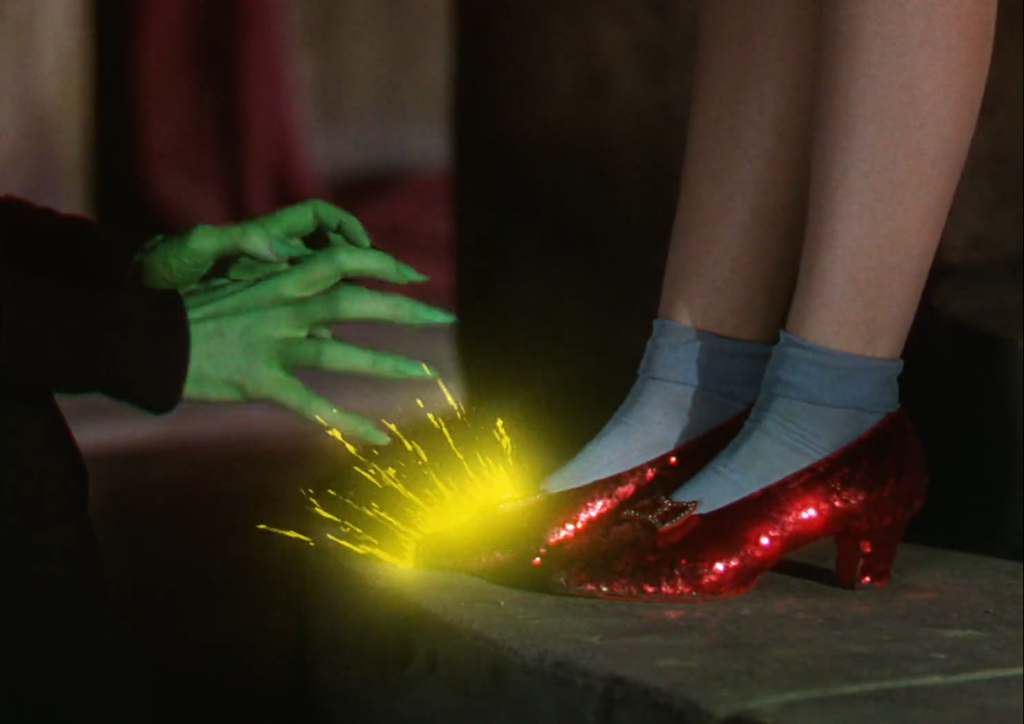
Dorothy’s Ruby Slippers
The iconic ruby slippers (made out of mere sequin…and a lot of film magic) from the Wizard of Oz is not without its drama. Designed by MGM’s Chief Costume Designer Gilbert Adrian for the 1939 motion picture, it is rumored that at least seven slippers exist, yet only a few are accounted for. One was found in a dusty MGM storage facility by a Kent Warner. He sold it to actress Debbie Reynolds, who at the time was prepping to open a museum with memorabilia from Hollywood’s Golden Age. Reynolds eventually sold it at auction in 1979 to a collector for $15,000, who donated it to the Smithsonian Museum. Over the years, the price of the elusive Ruby Slippers only rose in value. Another pair, owned by Michael Shaw, was stolen after he lent it to the Minnesota Museum (he is offering a $1 million reward to anybody who can bring the slippers back home to him). In 2012, the most important pair, dubbed the “beauty pair” (used for close-up shots) was sold at auction by Philip Samuels for $2 million (he originally bought it in 1988 for $180,000). Arguably the most important pair of ruby slippers, there is a tag that reads JUDY GARLAND #7 in pencil, meaning the pair was bespoke made for the actress. The red soles also indicate that these were the pair used for the famous heel-clicking scene. The remaining four is yet to show up, and remains to be one of Hollywood’s most valuable treasures.
RELATED READS: These Are 10 of the Most Expensive Movie Props and Costumes Ever Sold at Auction
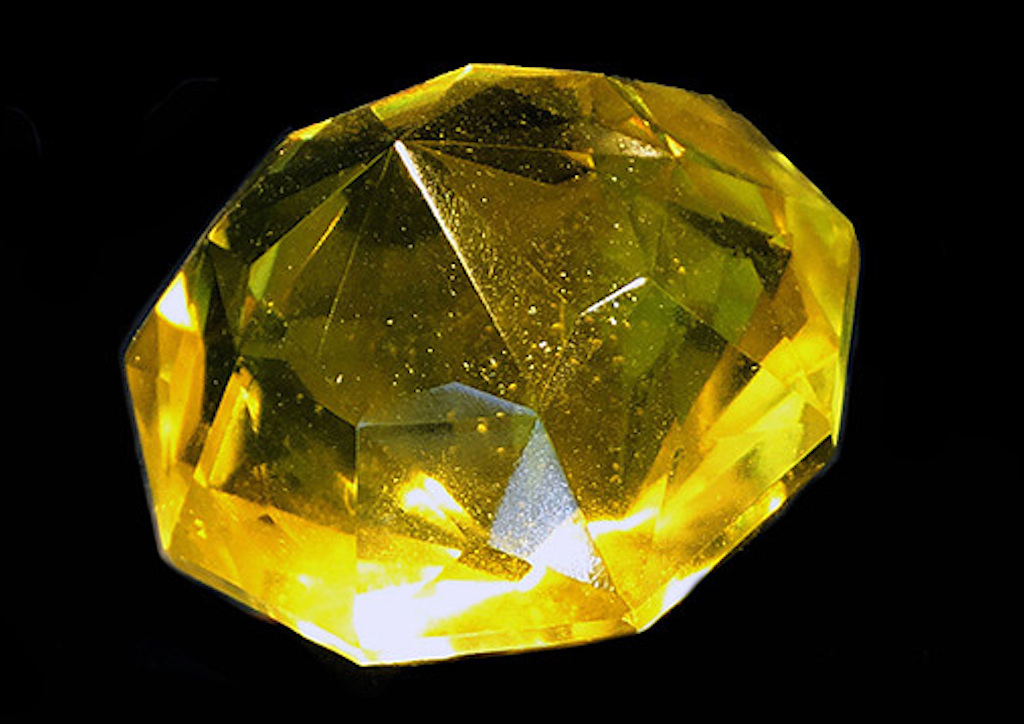
The Florentine Diamond
Believed to be found in India, the yellow Florentine Diamond is 137.27 carats large with 126-facet double rose cuts. Many say it was cut for Duke of Burgundy, Charles the Bold, who lost it after falling in the Battle of Morat in 1476. A peasant mistook it for glass and then sold it to a stranger for only 2 francs. Others say it was acquired by the Portuguese Governor of Goa from the King of Southern India, and was later sold to the Grand Duke of Tuscany Ferdinando I de’ Medici for 35,000 Portuguese scudi crocati. Through the years, it was owned by many, the last documented in history is Empress Maria Theresa of Austria, who placed it on the Habsburg Crown Jewels. After the Austrian Empire fell in the Second War, it was stolen by somebody close the royal family. It is said that it was smuggled to South Africa with a bulk of the imperial crown jewels, where it was cut into a lot of smaller pieces. Another rumor has Austrian lawyer Bruno Steiner in the center of it. He was a supposed friend of the family, who was tasked to deposit the diamond in a bank vault after the war. The gem soon disappeared after. He was put in trial but was later acquitted.
RELATED READS: A Blue Diamond from the 1700s Gifted by the Philippines to the Queen of Spain Has Sold at Auction for $6.7 million
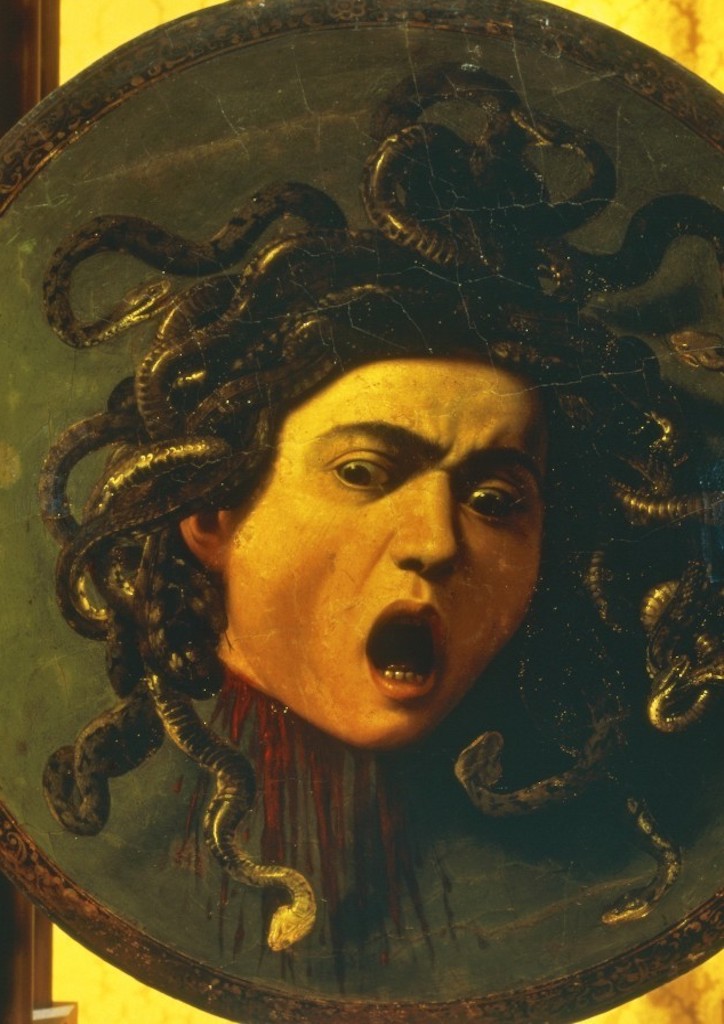
Leonardo da Vinci’s Medusa Shield
Revolutionary painter Leonardo da Vinci created Medusa Shield in his youth. It is painting of Medusa, the Greek monster with snakes for hair, on a shield made out of wood from fig trees. In 1550, art historian Giorgio Vasari reported that the artist’s father was so frightened of the painting after seeing it in young Da Vinci’s room, that he secretly sold it to a group of Florentine merchants. Several reports have said that it was eventually sold to the Duke of Milan, who sold it again for triple the prize to an undisclosed buyer. Although it is likely we will never know the whereabouts of the painting, many historians state that it is one of Da Vinci’s earliest masterpieces. If it were to be discovered today, there is no doubt it will be a highly valuable art work set to break records in auction.





